Last Updated: December 07, 2023
It Sounds Too Good To Be True, But It's Not!
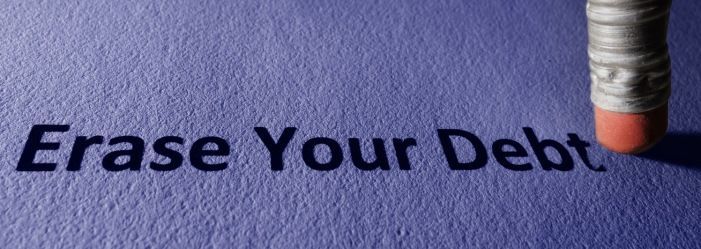
Disclaimer: We are not qualified legal or tax professionals and are not giving advice. Always speak with a qualified professional before making any legal or financial decisions.
Credit card debt forgiveness can be a great way to reduce credit card debt, but what is credit card debt forgiveness? Credit Card Debt Forgiveness is when you are able to have your credit cards forgiven by the credit company. It sounds too good to be true, but it's not!
There are many reasons why credit card companies forgive credit cards and some of those reasons include bankruptcy and foreclosure. The best part about this program is that it's tax-deductible. You may also qualify for credit card debt forgiveness if you're having trouble making payments on your current balance.
If any of these things apply to you, then continue reading below as we discuss more on how credit card debts can be forgiven and what other benefits there are. For a comprehensive understanding of whether credit card debt forgiveness is possible and the options available, consider exploring Pacific Debt's insights on the subject.
One of the primary benefits of credit card debt forgiveness is that it can be tax-deductible. It’s important to understand the tax implications, such as the issuance of a 1099-C form for forgiven debts. For common questions about the 1099-C Cancellation of Debt, Pacific Debt offers detailed answers.
It's a tax write-off
Debt forgiveness can be a great tax write-off or deduction, because of how credit card companies view it. If your credit card company writes off the debt, then you'll be able to deduct up to $60,000 from what you owe in taxes.
The idea of credit cards being forgiven is not a new concept and there are many reasons why creditors will write off debts including bankruptcy and foreclosure. The best part about this program is that it's tax-deductible; you're qualified for credit card debt forgiveness if you’re having trouble making payments towards your current balance, or if you declared bankruptcy before.
You'll lose less money in interest
You'll likely lose less money in interest by using a debt forgiveness program. With credit card debt forgiveness, creditors will write off your balance and stop charging you interest which means that if you are paying a high monthly fee on the credit charge then this would be an even better option for you. With credit card debt forgiveness, creditors will also stop applying late fees and continue to offer other credit cards with more advantageous terms.
The whole point of credit card debt forgiveness is that it helps you pay off credit card balances quicker than any other method. Usually, the process for obtaining credit card debt forgiveness requires a person to ask their creditor or company if they are able to apply for this program which may require some prodding on your end.
Removing Money From Your Current Balance:
Getting rid of debt isn’t just about getting out from under obligations but also saving money on any fees that come with it as well such as late charges, over-limit fees, and penalty APR.
For example, if you owe $3000 on a credit account with an 18% rate and try to pay off your balance of what you owe by making only minimum payments then you will have paid more than double because additional interest accrued each month during the repayment period.
Try our credit card interest rate calculator to help you better understand how much interest you will have to pay back over time.
You can avoid bankruptcy and foreclosure
You can avoid bankruptcy and foreclosure from using a credit card debt forgiveness program under the right circumstances. If you are struggling to make your credit card payments, this could be a viable option. It is important that you keep in mind the interest rates and late fees associated with credit cards can hinder any chance of making progress on the debt.
The debt will be gone faster than with other methods of repayment
Ultimately your debt will be gone faster by using a debt forgiveness program. If you are considering a personal loan or refinancing your credit card, it can be possible that you will have to pay more money in interest and fees than the amount of debt on your account.
One way for people with large amounts of credit card debt to reduce their total balance is by taking advantage of credit card forgiveness programs offered by creditors who offer them upfront.
These types of debts come up when consumers do not make timely payments on balances they owe; usually, because they lost income due to illness or injury as well as sudden expenses coming up like a car accident repair bill and other crises that may cause financial distress at times. But if this sounds.
Declaring Bankruptcy
Declaring Chapter 7 or Chapter 13 bankruptcy may become your best path forward if other debt solutions have failed. While bankruptcy damages your credit and should be a last resort, it can eliminate debt you have no way to repay.
Chapter 7 Bankruptcy
Chapter 7 bankruptcy liquidates your assets to pay back a portion of debt owed. Any remaining unpaid debt is discharged. However, you may have to surrender property if you have significant assets.
Chapter 7 makes the most sense if you lack enough income to keep up with debt payments. This route typically takes 4-6 months to complete.
Chapter 13 Bankruptcy
Chapter 13 sets up a 3-5 year repayment plan to pay back creditors over time. You get to keep property but must come up with a feasible debt repayment plan approved by the Bankruptcy Court. This option makes sense if you have regular income to fund repayments in a plan. It allows you to catch up without liquidating property.
Weigh the pros and cons of bankruptcy carefully with an attorney before deciding if it’s your best path forward. Bankruptcy destroys credit scores and stays on credit reports for 7-10 years.
How do you qualify for a debt forgiveness program?
You qualify for a debt forgiveness program by first determining if you are eligible. Eligibility requirements vary, but generally, you would need to be in bankruptcy or have a current short-term income that is not expected to increase.
You might also qualify for debt forgiveness programs if your household's monthly gross income is below the eligibility level set by the organization providing help with paying off debt.
You need to apply and fill out all necessary documents, which will then be reviewed and sent back to you with instructions on the next steps if your application was accepted into the forgiveness program.
Are there other debt relief options available?
Debt relief options come in many forms. For example, a debtor could sell collateral for cash to pay off their debts. A form of debt relief is debt consolidation, which leads to payment of lower interest rates over a longer period of time.
Another debt relief option available is debt settlement, which is when a debtor pays off the creditor a lower amount than what they owe. The agreement made in this process can be set at an individual level or as part of a group settlement.
There are also bankruptcy options to consider if debt relief isn't working for you, such as chapter 13 and chapter 11 bankruptcies.
Finally, there's always the option of not paying your creditors anything so that any debts owed will eventually go away after several years' worth of interest charges have accumulated on them.
Income qualifications: Forgiveness programs generally require applicants to prove their household income has fallen below certain levels before qualifying for help with repayment through these kinds of services offered by credit card providers.
Debt Consolidation Loans
Another potential debt relief option to consider is taking out a debt consolidation loan. This allows you to roll multiple debts, such as credit card balances, car loans, and personal loans, into one new consolidated loan.
The key benefit of debt consolidation loans is that they usually have lower interest rates than credit cards and other debt. This makes the monthly payments more affordable and can save money over the life of the loan.
To qualify for the best debt consolidation loan rates, you’ll likely need a good credit score over 670. Always compare rates from multiple lenders to find the most competitive APR. Online lenders often offer the best terms.
While they don’t make the debt disappear, consolidation loans can provide much-needed breathing room each month to help dig out of debt.
FAQs
Conclusion about Debt Forgiveness
If you are considering credit card debt forgiveness, it is important to know what will happen with your balances. Credit card companies can forgive up to 50% of the balance if they have been unable to collect after 180 days. However, this may not be enough and you should consider other options before waiting for a company's response.
Pacific Debt can help you consolidate your debt and learn to live debt-free. Schedule a
free consultation today.
*Disclaimer: Pacific Debt Relief explicitly states that it is not a credit repair organization, and its program does not aim to improve individuals' credit scores. The information provided here is intended solely for educational purposes, aiding consumers in making informed decisions regarding credit and debt matters. The content herein does not constitute legal or financial advice. Pacific Debt Relief strongly advises individuals to seek the counsel of qualified professionals before undertaking any legal or financial actions.
Reduce Your Credit Card Debt By Up to Half
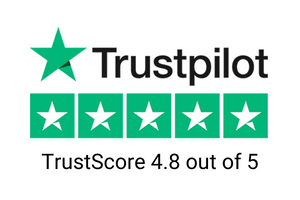
BBB Reviews | 4.9/5.0 Rating
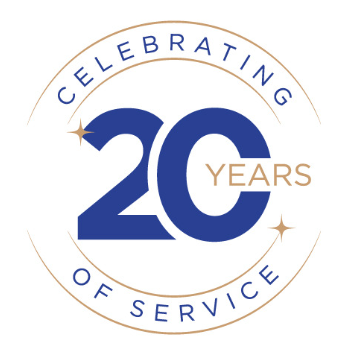

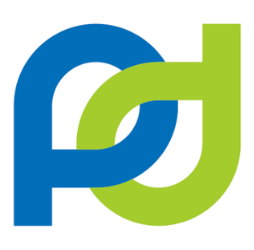




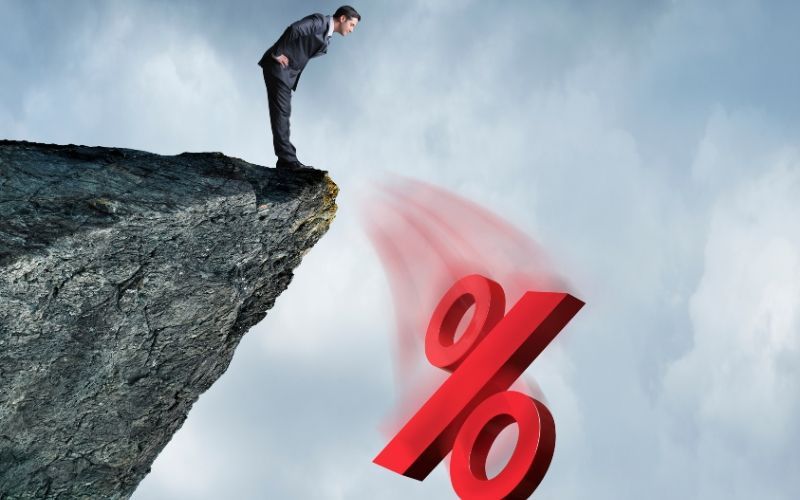
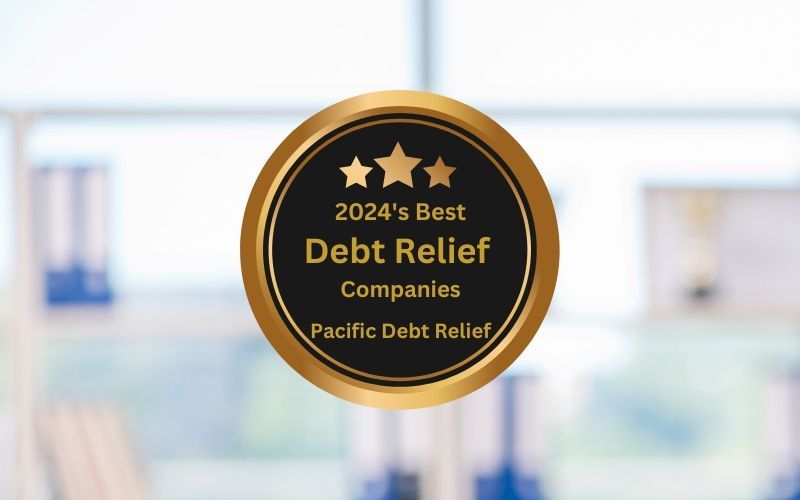
 Do Not Sell My Personal Information
Do Not Sell My Personal Information